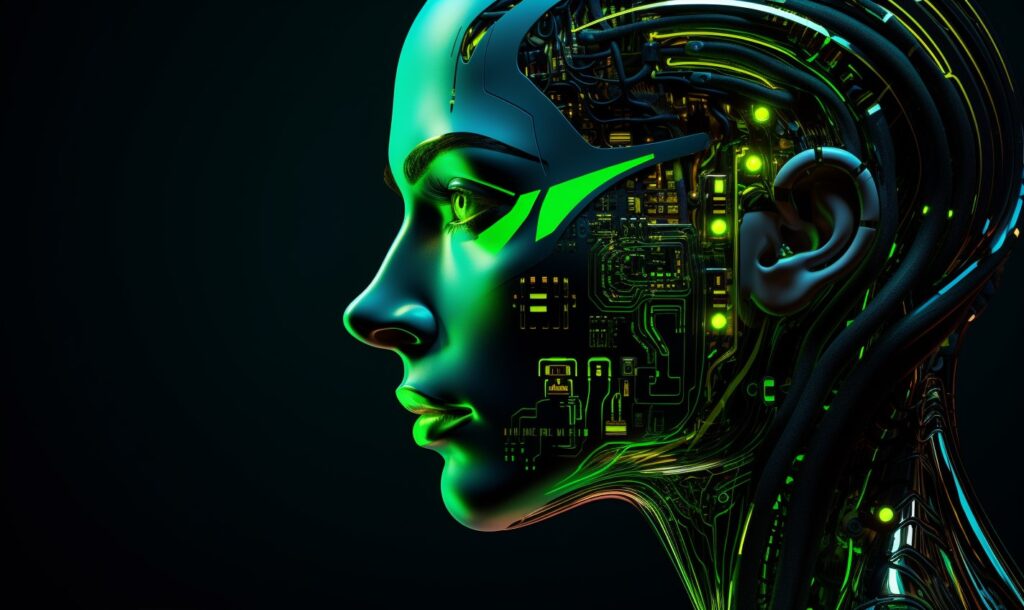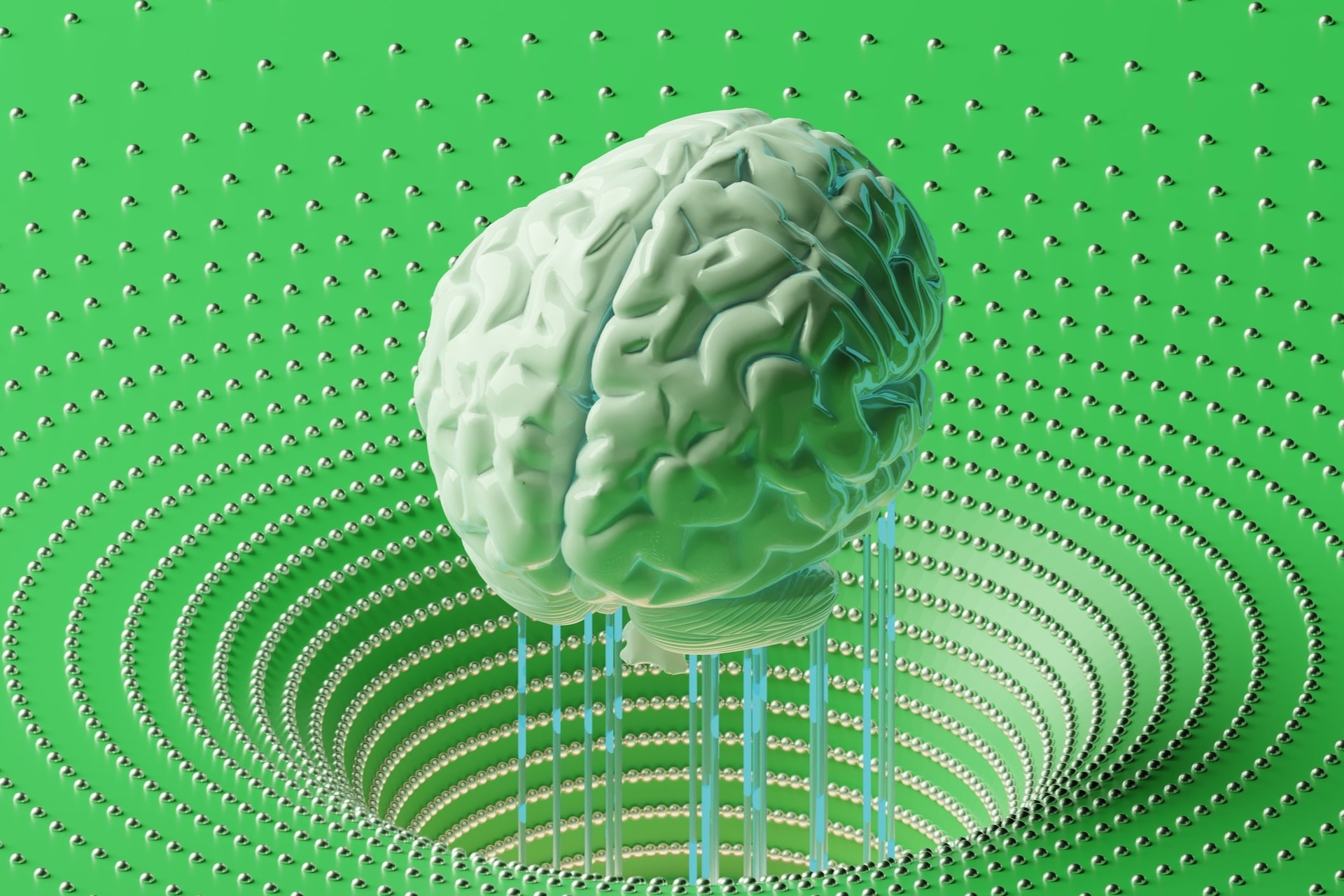People sometimes talk about pattern recognition and machine learning as if they are identical. Indeed, there is some overlap between the two of them. However, it’s short-sighted and incorrect to use them as interchangeable terms. Let’s narrow down the specifics of each one.
What Is Pattern Recognition?
Pattern recognition involves looking for characteristics of data that reveal trends or recurring features. There are no limits to the kind of data a person could use for pattern recognition. It could range from social media images to collecting customer sentiments using a chatbot interface.
Pattern recognition relies on some variety of sensing mechanism — usually algorithms — to spot the similarities.
But, the algorithms used for pattern recognition do not necessarily get smarter over time. Even so, pattern recognition algorithms have both explorative and descriptive components.
The explorative aspects find the commonalities in the data, and the descriptive ones put the information into specific categories based on the information the explorative parts of the algorithm helped them obtain.
How Does Machine Learning Differ?
The first useful thing to keep in mind about how machine learning can differ from pattern recognition is to realize that some pattern recognition models depend on machine learning to work. Machine learning improves after seeing multiple examples. And, a machine learning model generally uses supervised or unsupervised learning.
Supervised learning always deals with labeled data, and the algorithm learns by predicting the output based on those labels. Then, unsupervised learning involves unlabeled data, and the machine learning algorithm tries to look for patterns and infer meaning from them.
Although those are the two main options for the methods of teaching a machine learning algorithm, there’s a final option to keep in mind. It’s called semi-supervised learning. In that instance, a small labeled data set gets added to a larger unlabeled data set for better results.
There are three primary models of pattern recognition, and two of them use the machine learning models mentioned above. More specifically, statistical pattern recognition decides on the correct categorization for an item, such as determining whether an object is a flower or a rock. That kind of pattern recognition uses supervised machine learning.
Then, syntactical/structural pattern recognition looks for more complicated relationships between elements, such as the textures of things from the natural realm.
Finally, having a thorough understanding of pattern recognition models means knowing about template matching pattern recognition. This type does not require using algorithms that learn because the model tries to match the input information to a predefined template.
Pattern Recognition Came Before Machine Learning
The information above helps illustrate why if someone asks, “What is pattern recognition?” they can expect machine learning to come up in the response. The primary reason for that is the blurred lines between the two.
However, from a historical point of view, it’s useful to know another difference between machine learning and pattern recognition is that the latter came first.
People began talking about pattern recognition in the 1970s and 1980s, and some of them got interested in applying pattern recognition to optical character recognition even earlier than that. It’s also interesting that pattern recognition started in the electrical engineering field before it branched out into computer science.
Starting in the 1990s, researchers realized machine learning could help them make pattern recognition algorithms faster than before. That’s because machine learning requires less human intervention.
Closing Thoughts on Pattern Recognition and Machine Learning
It should be obvious now that there are numerous similarities between these two topics. For example, machine learning applies to two pattern recognition models, but it’s also possible to build a pattern recognition model that does not function with machine learning.
Another thing to recognize is that machine learning models get smarter over time, and the results often depend on the quality and amount of data involved. But, the template matching kind of pattern recognition does not learn. It merely compares the input data to a template with defined data. Some plagiarism scanners work with this concept.
If you’re interested in both machine learning and pattern recognition, it’s a good plan to learn more about both. As you do so, you’ll undoubtedly come across some of the concepts mentioned here.
People now typically discuss machine learning more often than pattern recognition, but it’s crucial to realize that without the foundation pattern recognition provided, we might not have made such remarkable progress in machine learning.
Recent Stories
Follow Us On
Get the latest tech stories and news in seconds!
Sign up for our newsletter below to receive updates about technology trends














